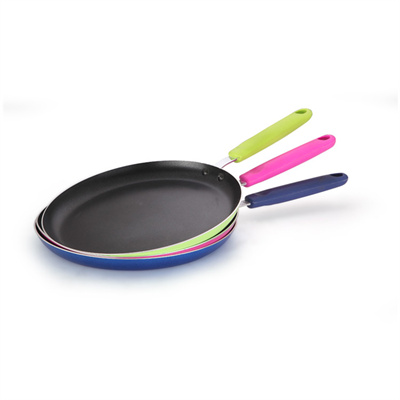Introduction: Seasoning cast iron frying pans is a time-honored technique that combines culinary artistry with scientific principles. This article delves into the process of seasoning cast iron pans, explaining the science behind it and offering tips for achieving perfectly seasoned pans.
- The Chemistry of Seasoning: Seasoning involves applying a layer of fat to the cast iron surface and subjecting it to heat. During this process, the fat polymerizes, forming a natural non-stick layer. This layer fills the microscopic pores on the pan’s surface, preventing food from sticking.
- Choosing the Right Oil: High-smoke-point oils like vegetable oil, flaxseed oil, or grapeseed oil are ideal for seasoning cast iron. Their stability at high temperatures ensures that the polymerization process occurs effectively.
- Preparation: Begin by thoroughly cleaning the cast iron pan, removing any rust or residue. Once cleaned, apply a thin layer of oil to the pan’s surface, inside and out. Wipe off excess oil to prevent a sticky finish.
- Heat and Polymerization: Place the oiled pan upside down in an oven preheated to a specific temperature, usually around 375°F (190°C). The heat causes the oil to polymerize and bond with the pan’s surface. This process may need to be repeated several times to achieve a smooth, non-stick coating.
- Maintenance: Proper maintenance is key to preserving the seasoned layer. Avoid using soap, as it can strip the seasoning. Instead, use a stiff brush and hot water to clean the pan. After cleaning, lightly coat the pan with oil to prevent rust.
Conclusion: Seasoning a cast iron frying pan bridges the gap between culinary intuition and scientific understanding. By following the chemistry of polymerization and selecting the right oils, you can create a seasoned layer that enhances your cooking experience and imparts rich flavors to your dishes.







